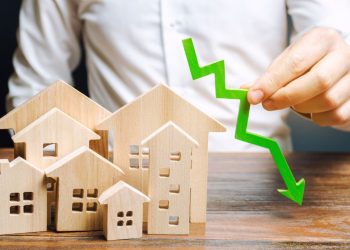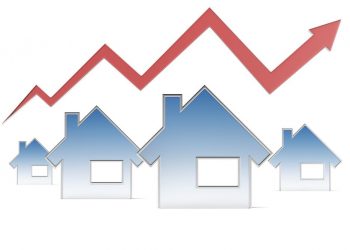WASHINGTON, DC—After enduring months of setbacks brought on by the coronavirus pandemic, a new survey from the National Association of Realtors® shows that more than nine in 10 of its members believe they are in the process of recovering as many states start to reopen their economies.
NAR’s 2020 Market Recovery Survey polled agents about their respective residential and commercial real estate markets, finding that 92% of respondents stated that a portion of their buyers have either returned to or never left the market. Among those members, 18% reported that their buyers never left the market at all, and 9% said that all of their buyers have already returned to the market. Small towns and rural areas were more likely to report that there had been no pause in buyer activity and were also more likely to report a stronger return of buyers to the market.
“The residential market has seen a swift rebound of activity as numerous states have begun to ease mandatory stay-at-home orders,” said Lawrence Yun, NAR’s chief economist. “Many potential buyers and home sellers were kept at bay in the initial stages of the coronavirus outbreak, but Realtors® nationwide were able to quickly pivot, embracing technology and business practices to ensure the home buying process continued in a safe manner.”
In terms of seller activity, 89% of Realtors® said a share of their clients have either returned to the market or never delisted their property. Roughly one-quarter of respondents, or 24%, indicated that their sellers never left the market. Suburban and urban markets are more likely to have reported fewer sellers returning to the market compared to small and rural markets.
While the housing market as a whole was understandably caught off-guard by the pandemic, the NAR survey found that many members are now prepared should another surge of the coronavirus occur. Thirty-nine percent of those polled said they are at least somewhat prepared for a second wave of the disease, with 19% reporting they are “very prepared.” Moreover, of those who believe there might be a resurgence, 30% said they are more prepared now, as they know what to expect. Twenty-seven percent indicated that they are concerned enough that they have changed their business practices in some form in order to be prepared for another bout of the virus.
Of those who are currently working with buyers, 54% said that their buyers’ timelines to find and purchase a home has remained the same, while 27% report that their clients now express more urgency about buying a home.
Among NAR membership currently working with sellers, two-thirds said that their sellers’ timelines to sell have remained the same. Twenty-three percent reported sellers who feel more urgency to sell their property. Less urgency was cited more frequently in urban areas and in suburban areas or small towns and rural markets.
“A number of potential buyers noted stalled plans due to the pandemic and that has led to more urgency and a pent-up demand to buy,” said Yun. “After being home for months on end – in a home they already wanted to leave – buyers are reminded how much their current home may lack certain desired features or amenities.”
In some cases, respondents reported changes in their buyers’ preferences. Twenty-four percent of Realtors® indicated having buyers who shifted the location of where they intend to buy a house due to the coronavirus. Among those who noted having buyers change their intended location, 47% stated that their buyers prefer to purchase housing in the suburbs, 39% cited rural areas, and 25% cited smaller town markets.
Thirty-five percent of NAR members surveyed said buyers have modified at least one home feature that is important to them because of the coronavirus outbreak. The most common home features cited as increasingly important are home offices, spaces to accommodate family members new to the residence – older adult relatives, newborns or new pets – larger homes with more personal space and bigger yards that would allow for growing foods.
Also, in response to the pandemic, 13% said that homebuyers changed their home type of choice from multi-family to single-family. This shift is highest in urban markets at 16%. Thirty-three percent answered that buyers have adjusted commuting needs since the pandemic began, with 22% less concerned with their commute and 7% wanting to live close to bike trails that connect them to work. Just 5% responded that they now have a greater concern about parking and more concern for a location that affords the ability to drive to work.








